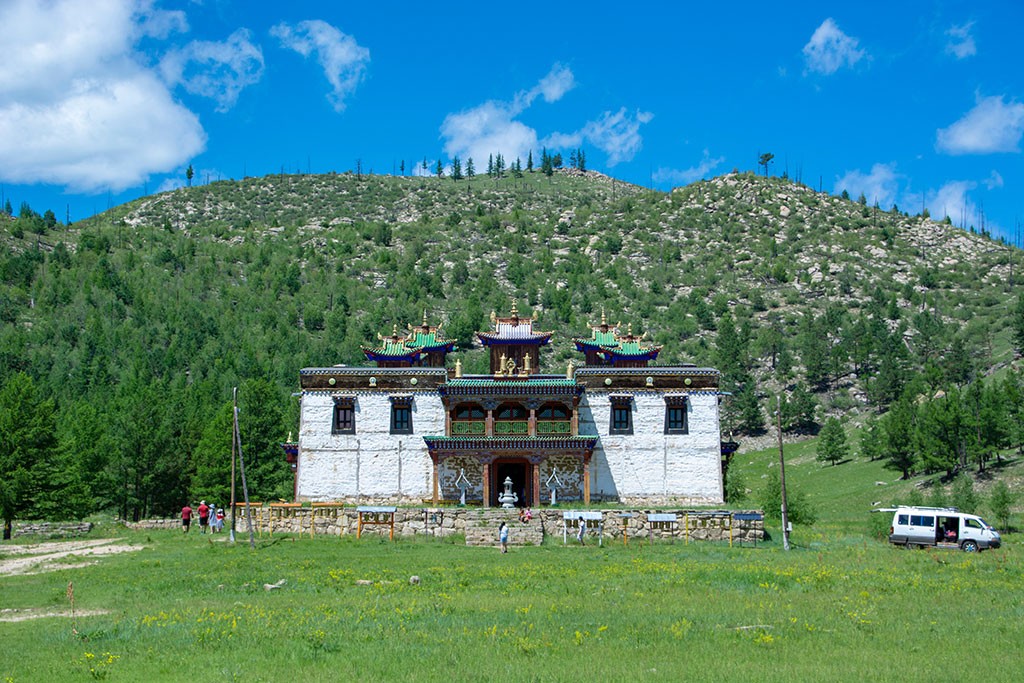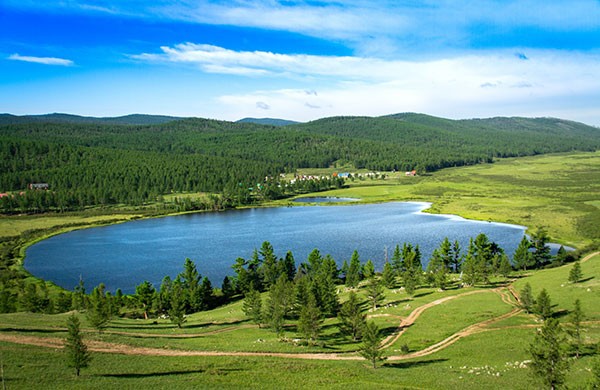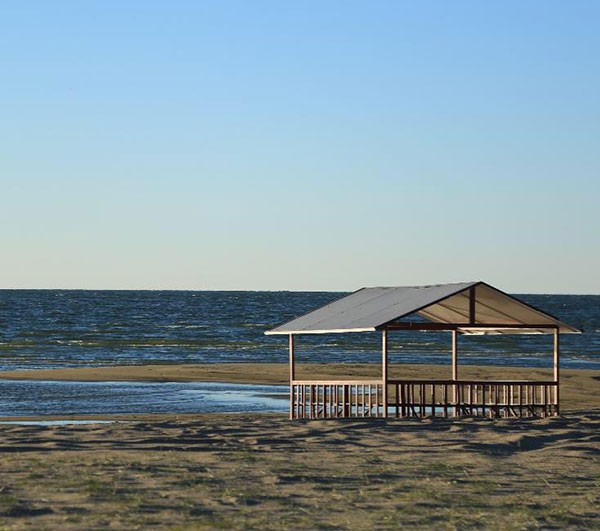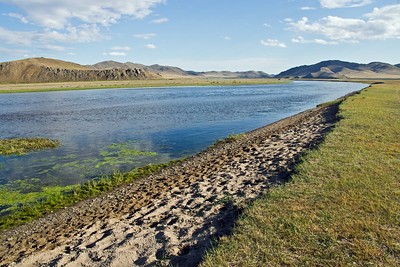
Burkhan Khaldun Mountain is located in Umnudelger Soum, Khentii province, 186 km northeast of Ulaanbaatar and 75 km from Mungunmorit Soum, Tuv province. It is Mongolia’s most sacred mountain, believed to be the birthplace and burial site of Genghis Khan, and was the state-worshipped mountain of the Mongol Empire.
Facts
Location
75 km from Mungunmorit Soum
Historical Mentions
27 times mentioned in the Secret History of Mongols
Altitude
2,361.5 meters above sea level
UNESCO
Since 1992, part of the UNESCO World Heritage and protected
Highlights
About the Mountain
Burkhan Khaldun Mountain features a mix of steppe grasslands at its base and coniferous Siberian taiga forests at higher altitudes. Its slopes have flat and rocky areas, with a central slab near the middle that looks almost man-made, giving it a unique geological and spiritual appearance.
The mountain is also a biodiversity hotspot, home to endemic plants and wildlife of both steppe and taiga zones. Trekkers encounter dense forests, wildlife tracks, and historically sacred sites along the trails, creating a blend of natural beauty and cultural reverence.
History
Burkhan Khaldun Mountain was worshiped by Bodonchar, ancestor of the Khiad Borjig clan, and later became the state-worshipped mountain during Genghis Khan’s reign. Temuujin (Genghis Khan) once hid from enemies on the mountain and later revered it by bowing nine times daily with his belt around his neck. Its name appears 27 times in the Secret History of the Mongols, highlighting its central role in Mongolian culture and spirituality.
Why You Should Visit This Place

Spiritual Significance: Experience the sacred mountain that shaped Mongolian history. The ovoos and rituals reflect centuries of tradition.
Historical Insight: Walk the lands where Genghis Khan was born and took refuge. Learn about the Mongol Empire’s spiritual practices.
Scenic Beauty: Enjoy breathtaking views where the steppe meets taiga forests and unique geological formations.
Cultural Heritage: Witness Mongolian nomadic traditions preserved through UNESCO heritage status and local worship practices.
Best Time to Visit
Frequently Asked Questions
Yes, trekking to the peak is possible, but it requires moderate fitness and awareness of weather changes.
Visitors can respectfully observe or participate in ovoo ceremonies, but follow local guidance and traditions.
Camping is allowed in designated areas, but avoid sacred sites near the ovoos.









